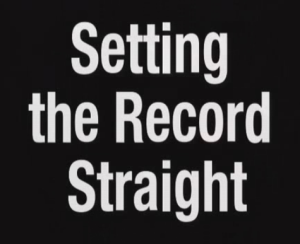From my previous post on Huffpo, the recent ink out there are why we need to really be concerned about falling birthrates got me going! Like Jonathan Last’s piece in the Wall Street Journal online, “America’s Baby Bust” and his recent flurry in the media, and Joel Kotkin with his Newsweek piece, “Where Have All the Babies Gone.” I am not the only one – Sarah Glynn’s piece on ThinkProgress.org also sets the record straight. Check it out. Glynn smartly points out:
“there are a number of issues with their assessment. First, they do not bother to actually look at what is happening with the birthrate. Yes, the total number of births per 1,000 women has fallen to its lowest point since 1920. But the birthrate for teenagers is also at its lowest point since 1946. That’s probably something we should all feel good about.
In fact, birthrates have only fallen for young women. While the birth rate has declined for women between the ages of 15 to 29, it has remained stable for women 30 to 34, and has actually increased for women ages 35 to 44. And by the time women reach age 40, a whopping 85 percent will have given birth. So the real story is not that women are eschewing motherhood, but that they are choosing to delay it later in life.”
More of the “real” story however goes beyond women choosing to delay motherhood to later in life. Many delay and become mothers one day, but many others get there by choice. Some don’t have them because the do not have a partner, and chose not to raise a child alone. Others delay because the are what has been termed “perpetual postponers,” ones that are on the fence, and as long as they are there, they choose not to have children. Still others – it is not about delay but about not wanting to raise children period.
Setting the record straight definitely includes telling the real story about the numbers of women having children. But it should not include giving the impression that “all” women choose to delay. Behind this theme is that all women will have children – eventually. And the root of this theme? A pronatalist assumption that let’s face it – more and today we are seeing that this is just not true.

